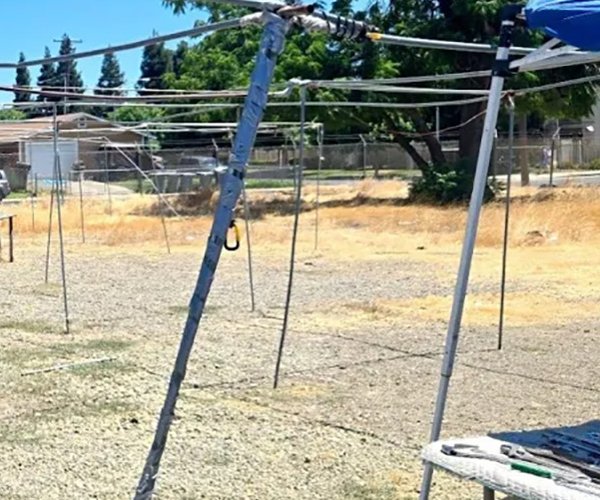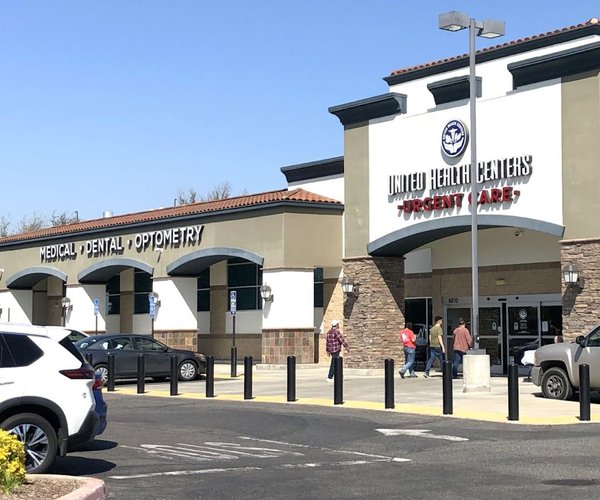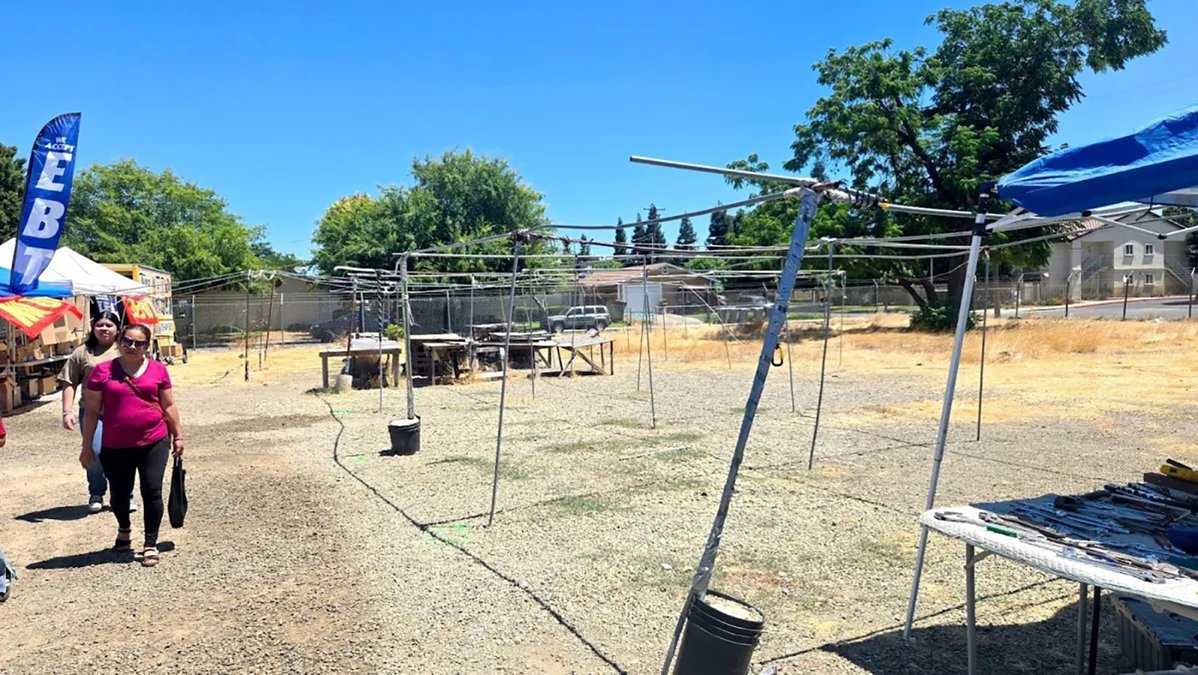The Turlock Planning Commission, tasked with reexamining the city’s anti-big box store ordinance by the Turlock City Council, decided Thursday to solicit community feedback on the measure before taking any action.
“We’ve been directed to do something,” said Planning Commission Chairman Mike Brem. “I don’t think we feel comfortable doing anything until we get some feel from the community.”
Planning commissioners universally questioned whether the community truly supported allowing big box stores in the City of Turlock. The three members of the public who spoke at Thursday’s meeting were opposed to reversing the ban.
“You said the community wants this?” asked Planning Commissioner Soraya Fregosi. “Who is the community other than Councilman Ted Howze and the Development Collaborative?”
In 2003, the City of Turlock spent more than $400,000 in court defending its ban on stores like Super Target and Wal-Mart Supercenter – those that include large grocery stores – which were deemed anathema to Turlock’s General Plan. Discount supercenters were singled out as detrimental to existing neighborhood commercial centers, in addition to being causes for increased traffic.
“What I’m wondering is, what has changed that legally we can go in this direction?” Fregosi asked.
According to Turlock Planning Manager Debbie Whitmore, because Turlock’s ban was legally validated, changing the ordinance would require outside assistance from legal and economic experts.
Reversing the ban could be accomplished in three different ways: the change could be included in the in-progress General Plan Update, taking up to a year and a half but with no additional cost; a new zoning overlay district could allow big box stores in specific areas, like the Monte Vista Crossings area and near the Lander Avenue/Highway 99 interchange at a cost between $70,000 and $120,000 in six to nine months; or existing zoning definitions could be changed, allowing big box stores in commercial areas, at a cost of $5,000 to $10,000 in six to nine months.
The city could also opt to allow superstores on a site-by-site basis, a $45,000 to $65,000 process paid for by the developer, taking five to eight months to complete.
The City of Turlock has not received any inquiries to build a discount superstore, though Target has filed a permit to expand, including a small expansion in their grocery business.
Planning commissioners remain unconvinced that allowing big box stores would benefit Turlock. Planning Commission Vice Chair Jeanine Bean questioned what effects lifting the ban might have on neighborhood grocery stores, like the Village Fresh Market she frequents.
“That’s the neighborhood store,” Bean said. “If a superstore gets built on the other side of town that means that’s where I’ll have to drive.”
Turlock’s rationale for banning big box stores in 2003 included finding that 72 percent of revenue is a direct shift from existing stores. Such a shift in revenue sources could put smaller stores out of business, creating blight in the process.
A report by Navigant Consulting, commissioned by Wal-Mart Stores Inc. and submitted to the Planning Commission, indicates that taxable retail sales have increased in every California city where the retailer has opened a Supercenter. The report also states that other retailers experience increased sales when a Supercenter opens.
Turlockers like Allen Marchant remain unconvinced.
“If you have 100 widgets and Turlock only buys 100 widgets, if you’re going to add more stores who’s going to buy more of those widgets?” Marchant asked.
Marchant also pointed out that grocery sales are not taxed, and that allowing large grocery stores in supercenters would not directly create additional tax dollars.
“Two excellent questions,” Brem said. “I’m not good at math, but the answer I think is very obvious.”
The difference of opinion between the Planning Commission and the City Council is not new; at an Aug. 23 joint meeting, the Planning Commission unanimously supported a plan which would only allow the City of Turlock to grow southeast, but a 3-2 majority of the council – Howze, Vice Mayor Kurt Spycher, and Councilwoman Amy Bublak – voted to investigate a scenario which could allow growth to the northwest after the southeast is 70 percent developed.
The Planning Commission has yet to finalize a date for their public meeting on big box stores, but has tentatively scheduled the information-gathering hearing for Oct. 14.
To contact Alex Cantatore, e-mail acantatore@turlockjournal.com or call 634-9141 ext. 2005.









